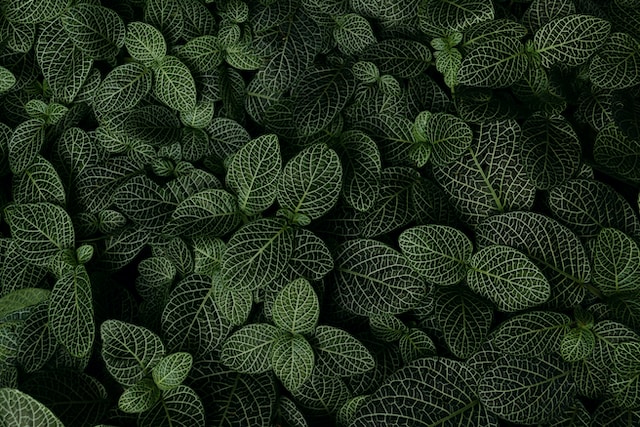If you’re a plant lover, you know that there’s nothing quite like the feeling of growing your own plants from scratch. Whether you’re starting from seed or propagating from cuttings, there’s something special about watching your plants grow and thrive. In this article, we’ll explore some easy propagation techniques that you can use to multiply your plant collection and share your love of plants with others.
Propagating from Cuttings
One of the easiest and most popular ways to propagate plants is through cuttings. This method involves taking a small piece of a plant and encouraging it to grow roots and become a new plant. Here’s how to do it:
1. Choose a healthy plant: Look for a healthy plant with strong stems and leaves. Avoid plants that are diseased or damaged.
2. Take a cutting: Use a clean, sharp pair of scissors or pruning shears to take a cutting from the plant. Make sure the cutting is at least 4-6 inches long and has several leaves.
3. Remove the lower leaves: Remove the lower leaves from the cutting, leaving only a few leaves at the top.
4. Dip in rooting hormone: Dip the cut end of the cutting in rooting hormone. This will help encourage the cutting to grow roots.
5. Plant the cutting: Plant the cutting in a pot filled with moist potting soil. Water the cutting well and place it in a warm, bright spot.
6. Wait for roots to grow: It may take several weeks for roots to grow. Be patient and keep the soil moist.
7. Transplant the new plant: Once the cutting has grown roots and is established, you can transplant it into a larger pot or into your garden.
Propagating through Air Layering
Air layering is another propagation technique that can be used to create new plants from existing ones. This method involves creating a small wound on a plant stem and encouraging it to grow roots. Here’s how to do it:
1. Choose a healthy plant: Look for a healthy plant with a strong stem.
2. Make a small wound: Use a sharp knife to make a small wound in the stem of the plant. Make sure the wound is about 1/4 inch deep.
3. Apply rooting hormone: Apply rooting hormone to the wound. This will help encourage the plant to grow roots.
4. Wrap with moist sphagnum moss: Wrap the wound with moist sphagnum moss. Make sure the moss is firmly in place.
5. Cover with plastic wrap: Cover the moss with plastic wrap and secure it in place with tape.
6. Wait for roots to grow: It may take several weeks for roots to grow. Be patient and check the moss regularly to make sure it stays moist.
7. Cut the new plant: Once roots have grown, cut the stem below the moss and pot the new plant in soil.
Propagating through Division
Division is a propagation technique that can be used for plants that have multiple stems or clumps. This method involves dividing the plant into smaller sections and replanting them. Here’s how to do it:
1. Choose a healthy plant: Look for a healthy plant with multiple stems or clumps.
2. Remove the plant from its pot: Gently remove the plant from its pot and shake off any excess soil.
3. Divide the plant: Use a clean, sharp knife or your hands to divide the plant into smaller sections. Make sure each section has roots and stems.
4. Replant the sections: Plant each section in a pot filled with moist potting soil. Water the sections well and place them in a warm, bright spot.
5. Wait for the plants to grow: It may take several weeks for the plants to grow and become established. Be patient and keep the soil moist.
6. Transplant the new plants: Once the new plants are established, you can transplant them into larger pots or into your garden.
Conclusion
Propagation is a fun and rewarding way to multiply your plant collection and share your love of plants with others. Whether you’re propagating from cuttings, air layering, or division, there are plenty of easy techniques that you can use to create new plants. With a little patience and care, you can watch your plants grow and thrive, and enjoy the beauty of nature in your home or garden.










